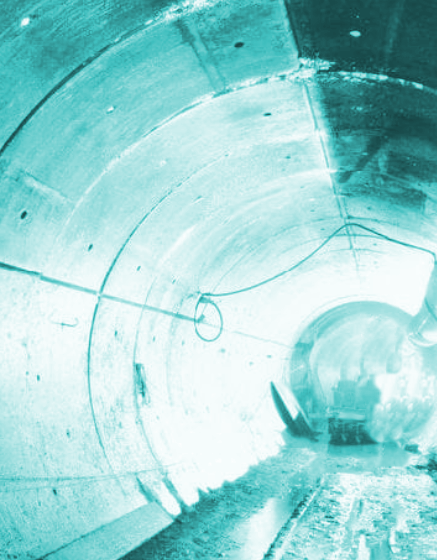Green plans for water sector
 Experts say proper monitoring is the first step to reducing carbon emissions in the water sector.
Experts say proper monitoring is the first step to reducing carbon emissions in the water sector.
As the water sector continues efforts to reduce carbon emissions, industry must mitigate climate change risks with resilience initiatives and actions - and monitoring progress is key.
Barwon Water Senior Climate Change Planner Julia Stanley says that while evaluating climate efforts is challenging, it is crucial to understand if and how actions are increasing resilience.
“There are a couple of different reasons why monitoring the impact of climate resilience activities is really important,” she said.
“Unlike emissions, in the climate resilience area there often isn’t a linear relationship between the action taken and the outcome sought. Generally, we are trying to avoid something from eventuating — we’re trying to avoid damage to infrastructure, running out of water or service interruptions.
“When our efforts focus on trying to avoid a future risk from materialising, it can be hard to measure whether what we have done is or will be effective.”
While many current climate resilience initiatives aim to avoid vulnerabilities in five or 10 years’ time, the uncertainty of climate change requires continuous reassessment, Ms Stanley says.
“Using a risk lens can sometimes lead to a tick-the-box mentality. This is problematic with any kind of risk that we might have to deal with, but particularly with climate change,” she said.
“There’s still so much uncertainty; the past is no longer a good predictor of the future, and there is a whole lot more complexity. There will be interdependencies that are very difficult to understand and will require continued attention.”
Ms Stanley says climate change resilience initiatives will likely need to shift and adapt.
“It’s really important that we don’t fall into the mindset of putting controls in place once and then moving on,” she said.
“Never before have we had to adapt to climate change. And it’s going to be an ongoing effort that we have to keep updating because the climate is going to continue to change,” she said.
“We need to aim for resilience-building activities that are flexible and adaptive. By taking an adaptive approach, we need to constantly be monitoring to ask if the actions put in place last year, or the year before, are still appropriate based on what’s eventuating.”
While monitoring climate resilience action requires creating a new set of metrics, Ms Stanley says it is important to start somewhere and allow for continuous development and change.
“Barwon Water has to report to the state government on our emissions, but we don’t have standard metrics on climate resilience yet, and we really wanted to start getting ahead with it,” she said.
“The important point is to not let perfect be the enemy of the good. While we have very clear metrics to monitor our emissions reductions, monitoring the impact of climate resilience actions isn’t so straightforward.
“But, so long as we start now, we can continue to learn and shift our adaptation plan over time. Our approach will become more sophisticated and there will be a continued uplift of knowledge across the organisation.”







 Print
Print